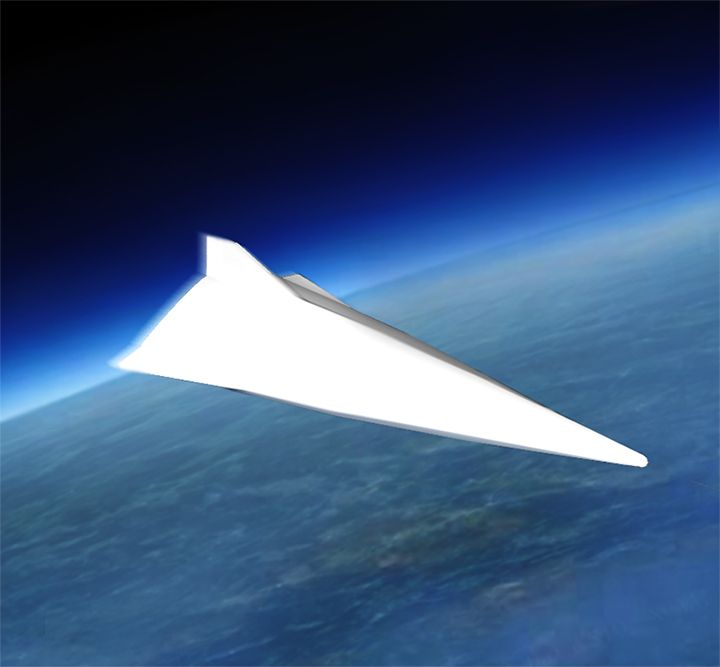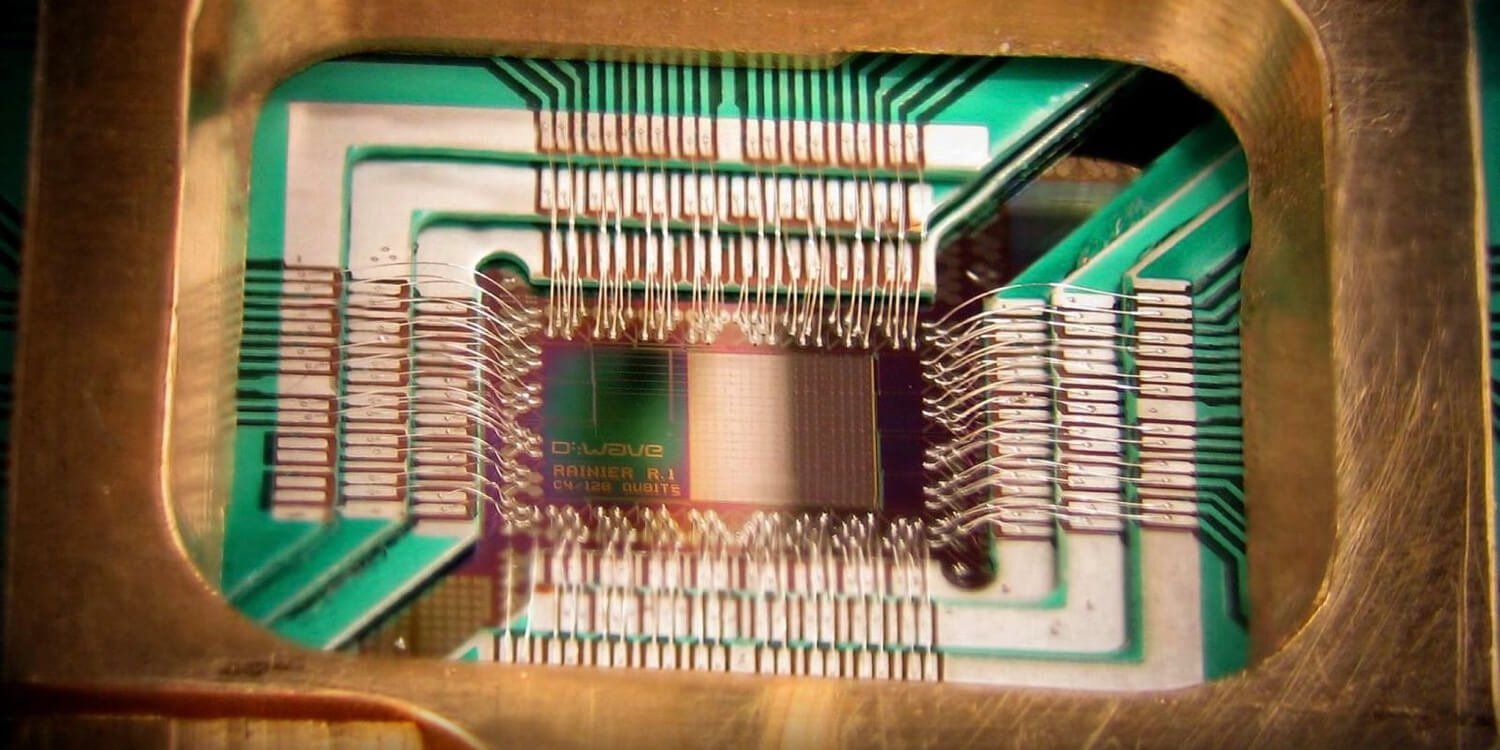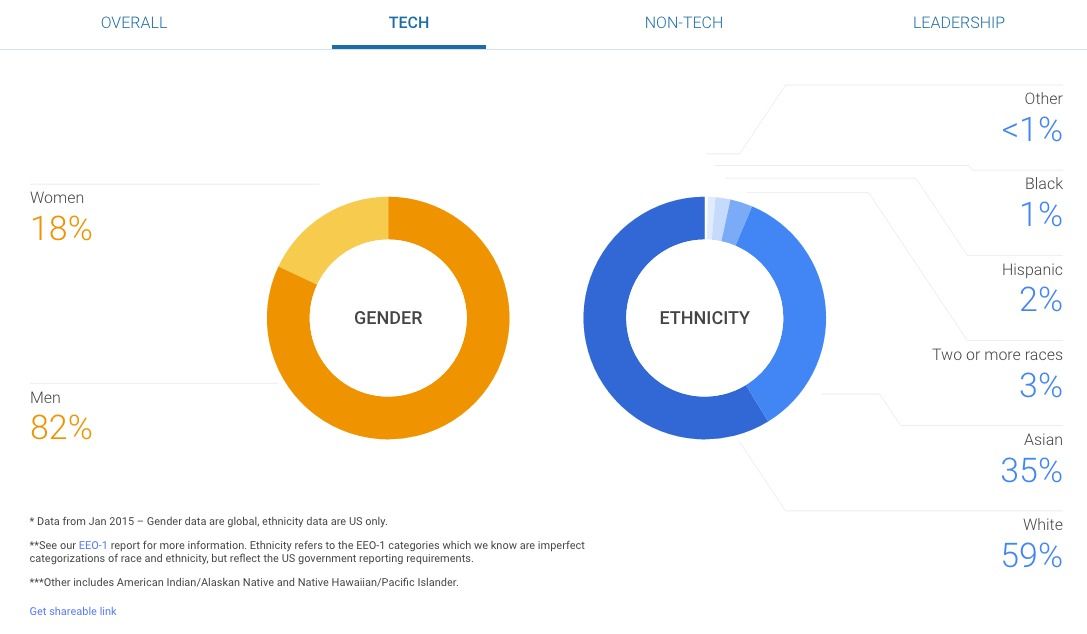Page 11113
Jun 14, 2016
Electrical fields aid wound healing
Posted by Shailesh Prasad in categories: biotech/medical, particle physics

Small electrical currents appear to activate certain immune cells to jumpstart or speed wound healing and reduce infection when there’s a lack of immune cells available, such as with diabetes, University of Aberdeen (U.K.) scientists have found.
In a lab experiment, the scientists exposed healing macrophages (white blood cells that eat things that don’t belong), taken from human blood, to electrical fields of strength similar to that generated in injured skin. When the voltage was applied, the macrophages moved in a directed manner to Candida albicans fungus cells (representing damaged skin) to facilitate healing (engulfing and digesting extracellular particles). (This process is called “phagocytosis,” in which macrophages clean the wound site, limit infection, and allow the repair process to proceed.)
Jun 14, 2016
Silicon Valley’s Audacious Plan to Create a New Stock Exchange — By Ellen Huet and Brad Stone | Bloomberg
Posted by Odette Bohr Dienel in categories: business, economics
“Managers, hoping to avoid such jolts, spend too much time focusing on short-term performance. ”
Tag: Finance
Jun 14, 2016
Russian Hypersonic Glider Weapons Would Easily Penetrate U.S. Defenses, Says Expert
Posted by Bruce Dorminey in categories: military, policy
The world is in the midst of a new arms race, one designed to deliver hypersonic glider weapons — both conventional and nuclear — to one’s adversaries at lightning speed. The U.S. is leading the race at this point, but Russia and China are going to great lengths to make sure that they develop their own boost-glide technology.
Today, the U.S., Russia and China are developing a new class of hypersonic ballistic glider weapons, which within a decade, may render most of the world’s nuclear arsenals vulnerable to lightning-fast penetration and attack.
Although boost-glide [or hyperglide vehicles (HGVs)] weapons would be launched by ballistic missiles and reach hypersonic speeds of at least Mach 5 or more, they would remain maneuverable and largely untrackable after the initial boost phase of their flight. And unlike an intercontinental ballistic missile (ICBM), an HGV’s aerodynamics enables it to generate enough “lift” to potentially glide over distances approaching ten thousand kilometers. All before hitting their targets with accuracies down to a few meters.
Jun 14, 2016
At least a trillion alien civilizations have ‘almost certainly existed’ in the universe
Posted by Shailesh Prasad in category: alien life
Even by conservative estimates, a mind-boggling number of extraterrestrial civilizations have existed in the universe.
Jun 13, 2016
How Quantum Computing Can Make Finance More Scientific
Posted by Karen Hurst in categories: business, computing, finance, habitats, quantum physics, singularity, transportation
Exponential Finance celebrates the incredible opportunity at the intersection of technology and finance. Apply here to join Singularity University, CNBC, and hundreds of the world’s most forward-thinking financial leaders at Exponential Finance in June 2017.
Modern life is punctuated by market cycles.
One year the gears of commerce are whirring along. Businesses are hiring and investing. People are buying houses and cars, televisions and computers. Things are going great. Then a year later, the gears screech to halt—sweeping layoffs, plummeting investment, and crashing markets. No one’s buying anything.
Continue reading “How Quantum Computing Can Make Finance More Scientific” »
Jun 13, 2016
New Device Sold on the Dark Web Can Clone Up to 15 Contactless Cards per Second
Posted by Karen Hurst in categories: cybercrime/malcode, internet, quantum physics
The things you learn on the DarkWeb. Wonder what will happen when more and more countries and folks onboard to the Quantum Internet, etc. Could we see one last massive apocalyptic raid on accounts, etc.?
X5 simplifies the process of stealing details from contactless debit cards, cloning fake debit cards.
A criminal group going under the name of The CC Buddies is selling a hi-tech device on the Dark Web that’s capable of copying details from contactless debit cards if held as close as eight centimeters away from a victim’s card.
Continue reading “New Device Sold on the Dark Web Can Clone Up to 15 Contactless Cards per Second” »
Jun 13, 2016
3D Printing and Diversity: It’s Time to Start Taking It Seriously
Posted by Karen Hurst in categories: 3D printing, biotech/medical, business, habitats, transportation
Finally, someone is getting the concept about why in tech where you’re producing technologies that ultimately support many areas of the consumer market in the form of bio/ medical, consumer commercial products, art, homes/ buildings, autos, etc. You must be more inclusive in your teams or find your product and services will plataeu as more and more competitors crowd the space over time; something that other industries have learned many many decades ago.
Because most of the quickly growing companies and startups that tend to dominate it emerged from the maker community, the 3D printing industry often seems to find itself a little sequestered from the rest of the tech industry. Part of the reason is that very few of the industry’s largest companies started or are even based in Silicon Valley. While there is more to the tech industry than Northern California, it is often treated like the popular kids’ lunch table: everyone wants to sit there, and those that are tend to ignore those that aren’t. Sure most of the world’s large tech shows and conferences include plenty of 3D printing these days, but there still isn’t as much crossover as you’d expect, and 3D printing is still treated like that weird cousin who you’re not exactly sure is going to amount to anything.
Continue reading “3D Printing and Diversity: It’s Time to Start Taking It Seriously” »
Jun 13, 2016
NASA wants astronauts to have 3D printed pizza, and this startup is building a printer to make it happen
Posted by Karen Hurst in categories: 3D printing, food, robotics/AI, space travel
This needs to be on the commercial carriers especially for those 4+ hour flights.
An Austin, Texas company, whose founders were commissioned by NASA to develop palatable foods for astronauts’ deep space mission to Mars, has built a device that can 3D-print pizza.
The company –known as BeeHex — boasts that its machine is efficient, clean, and capable of churning out a delicious pizza in less than half the time it takes a typical human chef. The tech is being developed for astronauts, but since NASA’s manned mission to the Red Planet isn’t planned until the 2030s, us Earthbound eaters may be able to enjoy a 3D-printed pizza at theme parks, shopping malls, or concert halls by early 2017.
Jun 13, 2016
U.S. and UAE Agree to Collaborate on Outer Space, Mars
Posted by Karen Hurst in categories: education, space
Very cool.
According to NASA’s statement on the agreement, it included a formal “Implementing Arrangement” that outlines Mars exploration as the first field of cooperation between the agencies and establishes a steering committee to identify areas of mutual interest.
NASA was contacted for further comment clarifying the nature of the UAE agreement, but had not responded at the time of this writing. The agreement also entails working as a team on education, technology, safety and mission assurance as well as aeronautics and other areas in which the countries can potentially benefit.
Continue reading “U.S. and UAE Agree to Collaborate on Outer Space, Mars” »


















